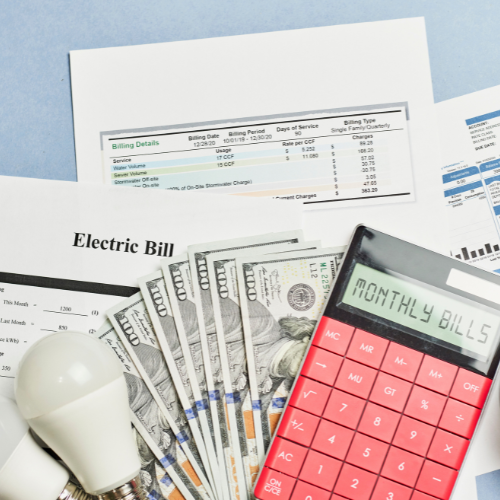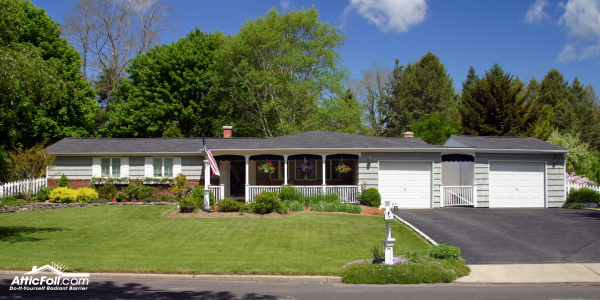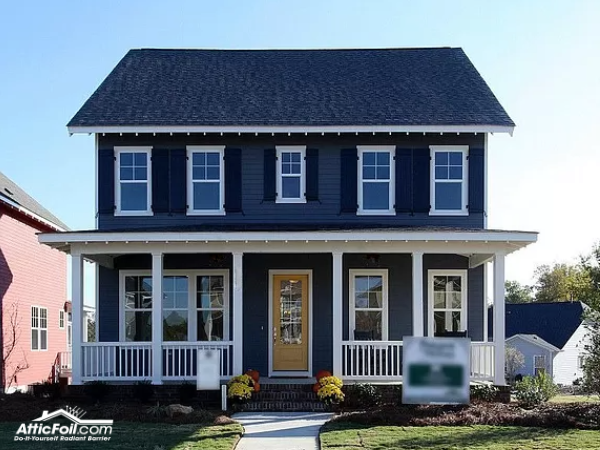What Are the Expected Savings with AtticFoil™? Is it worth the investment?
Does radiant barrier work?
The question is not, "Does radiant barrier work?"
It’s a proven technology; yes, it works! NASA uses it, Frito-Lay uses it in their chip bags, and anyone who has ever used a sun shield for their car windshield knows that radiant barrier foil insulation works to reflect heat.
So the real question is: How much can I save and is it worth the investment?
We will be the first to admit if you search the Internet, or only believe a salesman’s pitch, the benefits of radiant barrier are often way oversold.
Most people can expect realistic savings of 5 – 20% off their electric.
Realistic Savings Vary
We have said before that you can expect realistic savings of 5 – 20% with some homes getting 30% or more.
Additionally, beyond just saving energy, a huge benefit of radiant barrier is the comfort is provides. By reducing the radiant heat gain, your home will be more comfortable and it will feel cooler. Often customers will raise their thermostats a couple of degrees to keep from getting too cold!
Remember radiant barrier installed in an attic will only reduce the heat entering from the roof, but there are still walls that can/will bring heat inside if they are catching direct sunlight.

Example House #1
Allow us to illustrate two different scenarios of homes and the related savings. The basic rule is that the more roof you have, the more room you have for potential savings.
Example House #1
Single story
2,000 square feet
Ranch-style home
If the house is 50′ x 40′ with 8′ ceilings, it has 16,000 cubic feet of space, 1,440 sq ft of wall surface and 2,000 sq ft of roof surface.
So the roof area (2,000 sq ft) divided by the total surface area of the home (3,440 sq ft) is 58% of the total thermal envelope (i.e. the space being heated and cooled). Since the roof represents such a high percentage of the thermal envelope it can have a very large impact on savings. In fact, there have been cases where people have reduced their summer bills more than 30% on very large one-story homes. As a one-story home gets larger, the percentage of roof to wall ratio increases. Some homes, (those greater than 4,000 sq ft) can have a roof/ceiling ratio represent over 75% of the thermal envelope.

Example House #2
Example House #2
Two story
2,000 square feet
Layer-style home
If the house is 40′ x 25′ and 8′ ceilings plus 2′ between floors (total 18′ tall), you have a total of 18,000 cubic ft. The wall surface is 2,340 sq ft and the roof surface area is 1,000 sq ft.
Once again, take the roof area (1,000 sq ft) divided by the total surface of the home (3,340 sq ft) and the percentage the roof represents is only 29% of the total thermal envelope. Installing radiant barrier in a home like this will still be beneficial. However, the percentage of savings will be significantly less compared to the total percentage on the one-story home listed above.
On the flip side, the cost for the two-story home will be half the amount compared to the single story home since it would only use 1,000 sq ft of foil.

Hopefully, this helps to explain why the percentage savings on the bills can vary greatly. You can also take a look at this article: Are energy improvements worth my investment? Without going through and doing a complete heat load analysis it is difficult to really project the savings. Just remember, the more roof, the more potential for savings. We would still recommend installing it on a two-story home with a small attic because it will still work to reduce heat gain into the home. Additionally, it would also be a good idea to plant trees to provide shade to the east and west walls too.
Foil insulation should be part of an overall strategy to make your home more comfortable and energy efficient. For most homes you should:
air seal the home
seal the duct work
install a radiant barrier
have A/C system checked and cleaned
increase attic ventilation
add more attic insulation
Bottom line: We have thousands of customers who have installed AtticFoil™ themselves; and a great number of our new customers are referrals from existing customers. Radiant barrier does work. Just be realistic in your expectations and don’t believe anyone that can guarantee savings of 30 – 50%.



